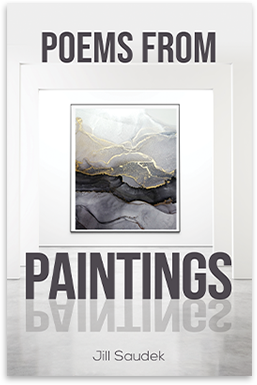
The driving force of poetry
I have learned a great deal through writing these poems. As a child, art and literature were linked: my mother had a book of Pre-Raphaelite paintings where I found, to my delight, The Lady of Shalott, Mariana at the Moated Grange, Ophelia and others.Since those early days, I have, of course, been to many art exhibitions, but have never really given enough time to ponder each painting. Galleries don’t really lend themselves to quiet contemplation, with other people crowding round to see, while the need to read the explanatory notes can detract from always seeing the image itself, rather than appreciating its context.
There are, of course, exceptions. One revelatory piece of explanation in The National Gallery was that the larger-than-life hare, which Turner had painted in the path of the speeding train in Rain, Steam and Speed, The Great Western Railway, was now almost invisible as the thinner paint he had chosen for the hare had seeped into the background. The doomed hare became the focus of my interpretation of Turner’s attitude to the industrial age.
I hadn’t attempted to write any poetry since I was a lovelorn teenager over fifty years ago, needing, as Donne wrote “to tame grief by fettering it in verse” (it helped!).
Yet literature in general and poetry in particular have throughout my life been a driving force: I never considered studying anything else at university and my choice of a teaching career was primarily based on a desire to keep in touch with the great writers in our beautiful English language. I liked children as well, which helped!
Coming next: How to match the poetic form to the painting
Post Views : 631